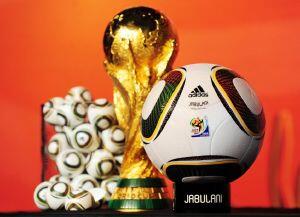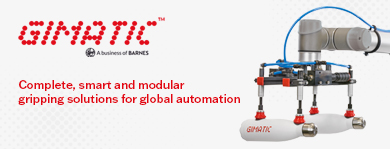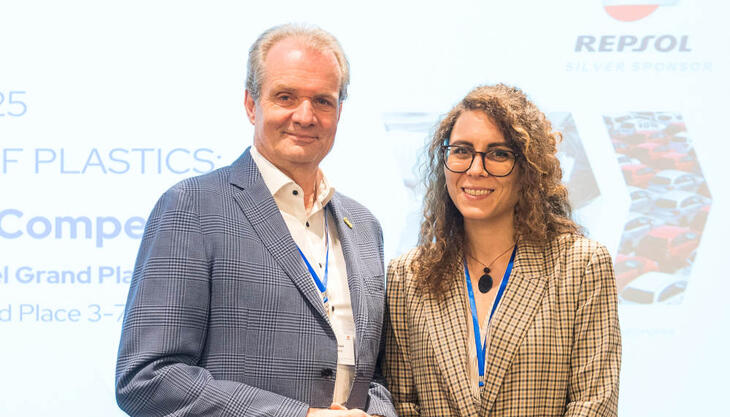
Less than 2 months to go until the football world championship in South Africa, a further event that gives plastics a key role. Starting from the ball which will be the protagonist of all the 64 matches. Its name is Jabulani (meaning "celebrate"), it is produced by Adidas and is made up of 8 thermo-welded panels composing a perfect sphere. The innovative technology "grip 'n groove" guarantees a better airborne stability and control by the players.The first plastic ball was introduced in 1986 for the Mexican championships. It was still sewn together out of 32 panels. It may have been considerably rounder than the preceding models - but it still wasn't completely round. There remained a long way to go to the Teamgeist invented by Adidas for the 2006 championships in Germany. This one was made up of only 14 panels. These were no longer sewn together but glued instead. This provided the ball with a virtually seamless surface. The role of plastic materials is vital not only for balls, but also shoes, t-shirts (some of them made with post-consumer PET bottles), nets, yellow and red tags used by arbiters.
























